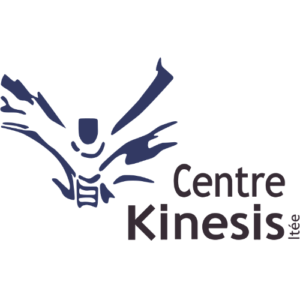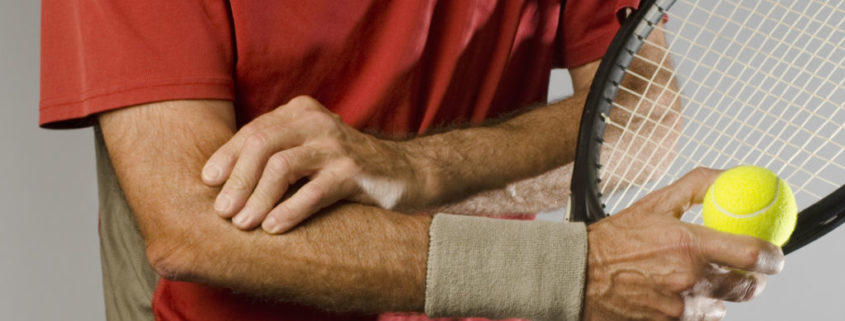'Tennis Elbow' and physiotherapy
Essentially, Tennis Elbow is a repetitive motion pathology (wrist rotational movement, extension and rotation, etc.). Although its name is important to tennis, this affectation does not strictly occur during tennis. All people who use their hands for their work (carpenter, electrician, cabinetmaker, etc.) are susceptible to epicondylitis. If your job involves repetitive movements that involve wrist extension and flexion rotations.
In tennis, the mechanism is simple. Let's take a right-handed player. To hit a backhand shot well, just before the ball is in position to hit it well, the body is in a rotation position to the left, with the back almost turning towards the other player. The right arm will be flexed toward our left pants pocket with the wrist fully flexed (meaning your extensors will be in a state of maximum extension, like a stretched rubber band, ready to propel). Maximum extension of the wrist extensors followed by repeated explosive maximum contraction can in the long run create microlesions at the point of attachment of the forearm extensor muscles which eventually becomes epicondylitis.
Here are some symptoms:
- Pain on the lesser tuberosity of the bone on the outer part of the elbow
- Pain may radiate into the forearm
- Pain when using our hand (giving a handshake, lifting something heavy, opening a door, etc.)
The objective of the Physiotherapist is to help the client find their optimal sporting (or work) gesture; that is, regaining full range of motion, with normal strength, without pain. The Physiotherapist will try to do this without preventing the client from doing their activity. On the other hand, rest may sometimes be necessary during the first weeks of treatment. This depends on the severity of the injury. During the first sessions, the goal will be to reduce pain and create space in the body map to promote healing. This will be accomplished through anti-inflammatory fascia therapy and myofascial stretching techniques. Subsequently, the objective will be to regain a more optimal range of movement. This will be accomplished by passive mobilizations and stretching of the muscle chains. In addition, the physiotherapist will give you flexibility exercises to do at home to maintain the work done in the clinic. Once the pain is gone and the range of motion becomes normal, the key is maintenance and prevention. Don't wait until the pain is of an intensity that prevents you from doing the sport you love.
By Yanic Szoghy
Sports Physiotherapist



